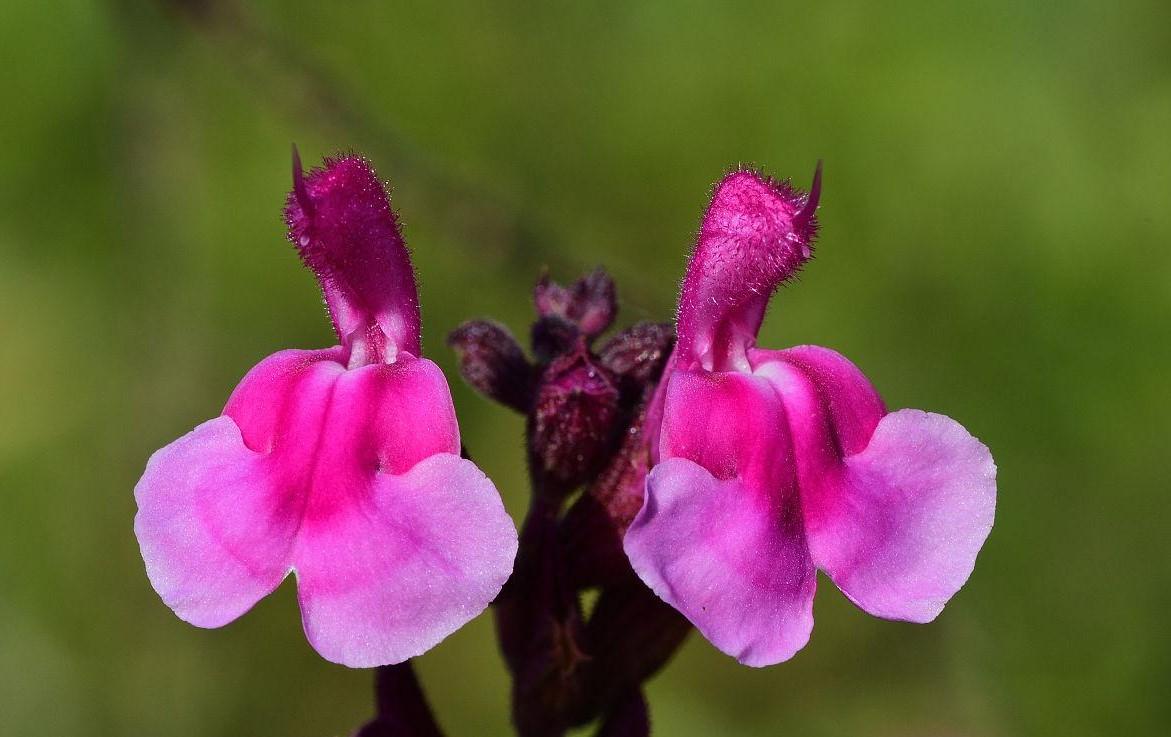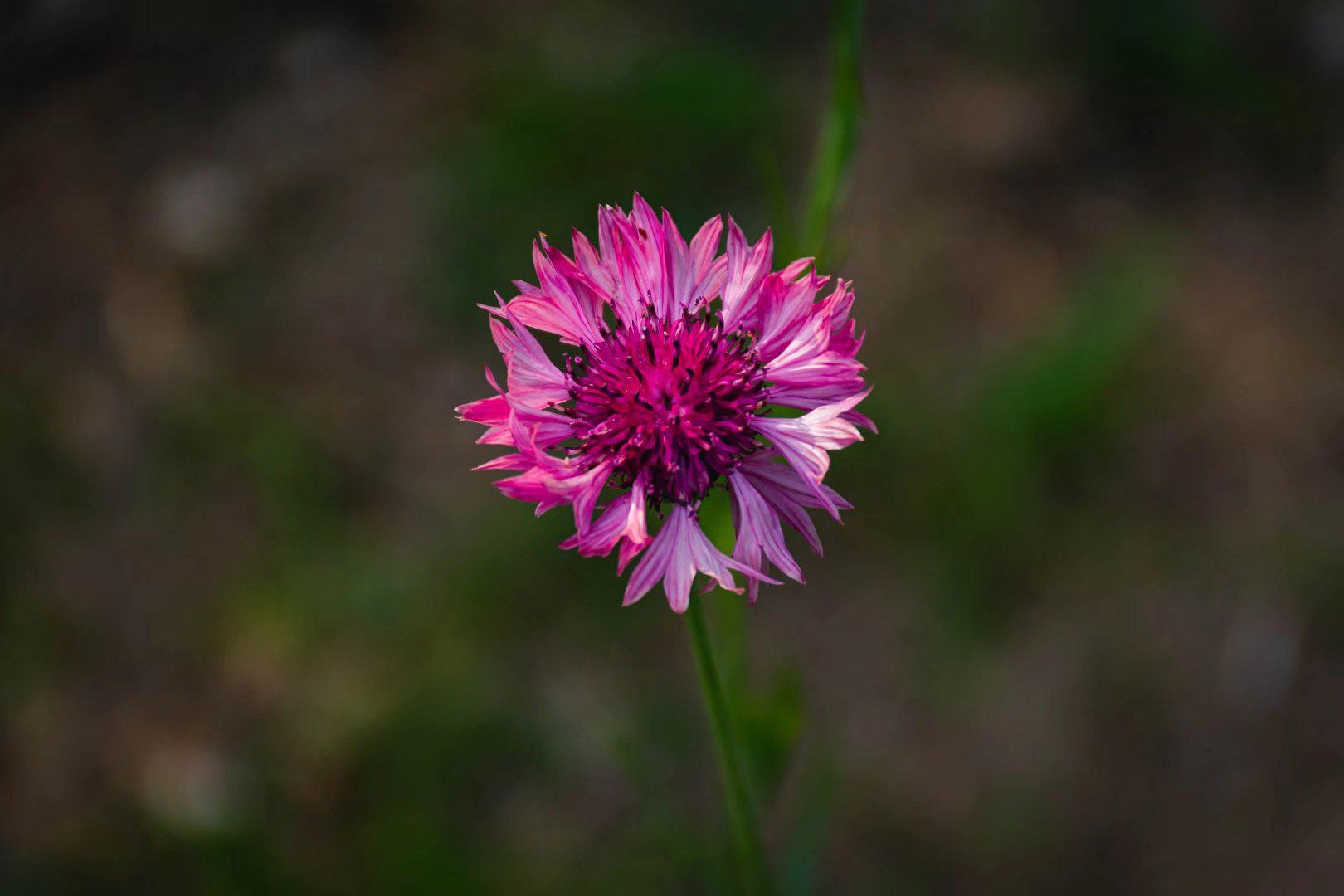The fascinating story behind the Jatropha plant dates back centuries, originating from the arid regions of Central America. This resilient plant has long been admired for its ability to thrive in harsh environments, earning it the title of “Miracle Plant.” Locals believe that Jatropha possesses magical properties, capable of warding off evil spirits and bringing good luck. Legends also speak of its versatile uses, from healing ailments to fueling lamps. Its unique ability to produce oil-rich seeds has gained global attention, promoting sustainable energy solutions. Jatropha’s story continues to inspire as it highlights the ingenuity of nature and the plant’s unwavering resilience.
Picture
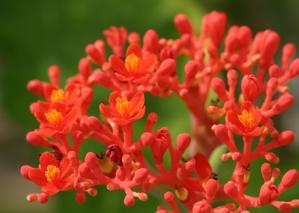
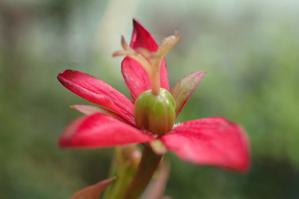
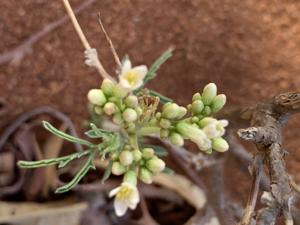
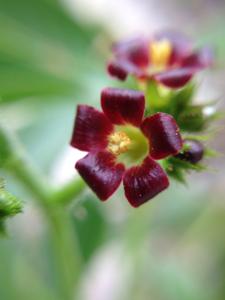
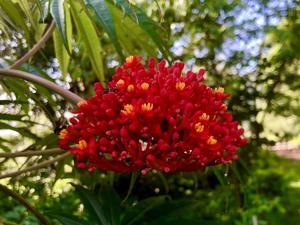
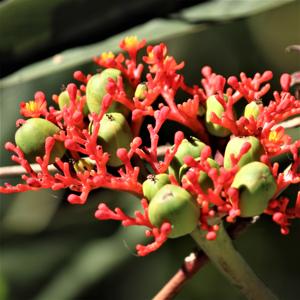
Plant some seeds now!
Short Description
Jatropha plant
Jatropha plant
Jatropha plant
Jatropha is a genus of flowering plants in the spurge family, Euphorbiaceae. The name is derived from the Greek words ἰατρός (iatros), meaning “physician”, and τροφή (trophe), meaning “nutrition”, hence the common name physic nut. Another common name is nettlespurge. It contains approximately 170 species of succulent plants, shrubs and trees (some are deciduous, like Jatropha curcas). Most of these are native to the Americas, with 66 species found in the Old World. Plants produce separate male and female flowers. As with many members of the family Euphorbiaceae, Jatropha contains compounds that are highly toxic. Jatropha species have traditionally been used in basketmaking, tanning and dye production. In the 2000s, one species, Jatropha curcas, generated interest as an oil crop for biodiesel production and also medicinal importance when used as lamp oil; native Mexicans in the Veracruz area developed by selective breeding a Jatropha curcas variant lacking the toxic compounds, yielding a better income when used as source for biodiesel, because of its edible byproduct. Toxicity may return if edible Jatropha is pollinated by toxic types.

